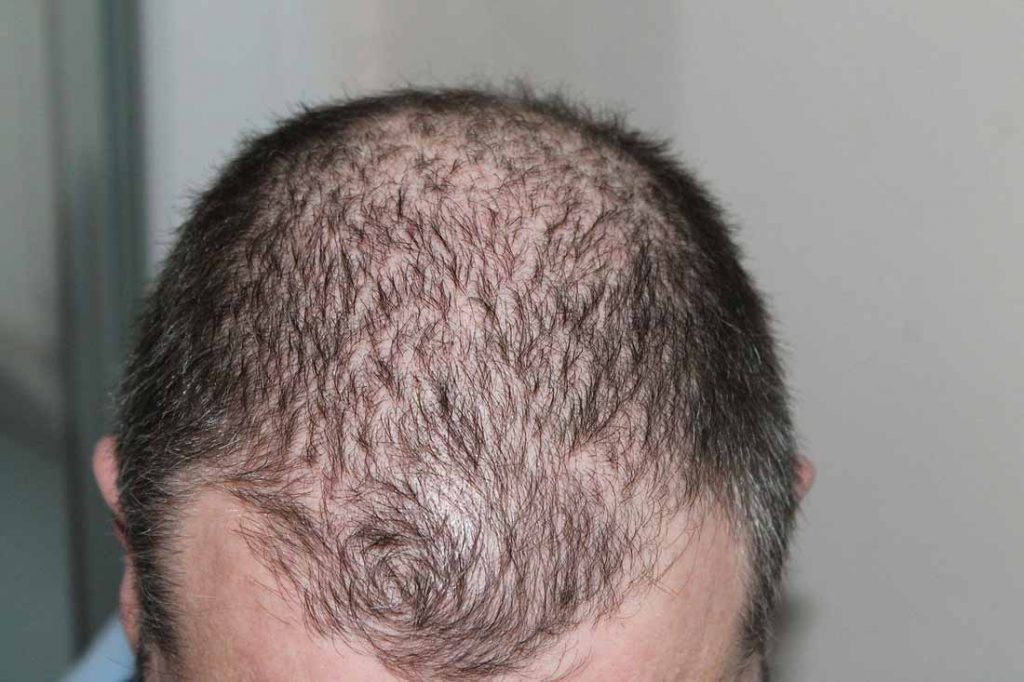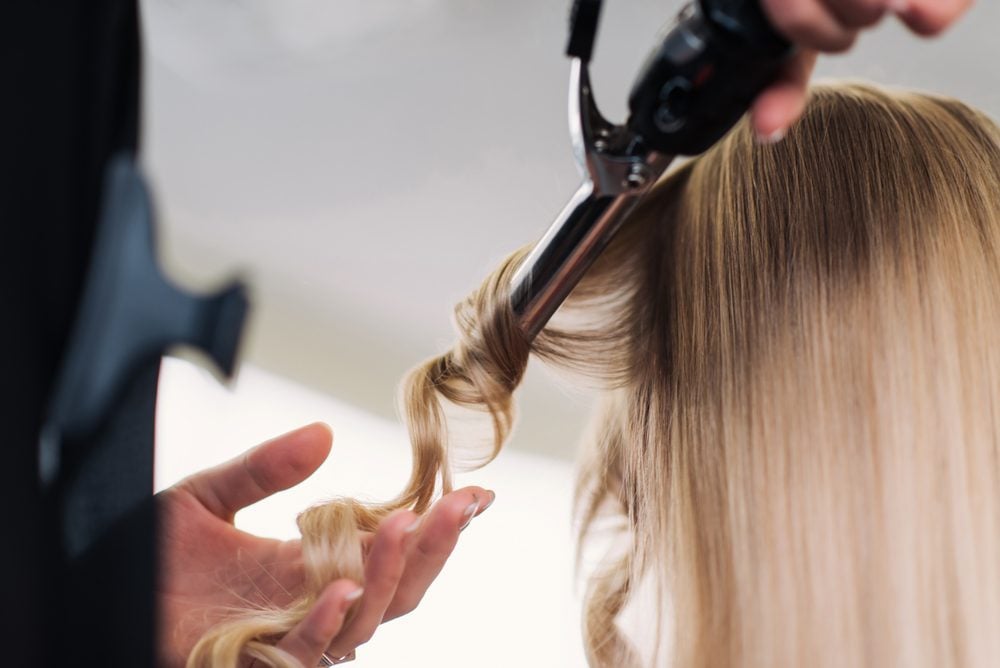Table Of Content
But illness, hormonal changes, stress, aging and inherited conditions can interfere with your hair’s growth cycle. More hair falls out, but new strands don’t always grow back. A common cause of this imbalance is polycystic ovary syndrome (PCOS). It leads to cysts on a woman’s ovaries, along with other signs and symptoms, which can include hair loss.

Healthy Eating
10 Best Hair Growth Products for Men of 2024 - Good Housekeeping
10 Best Hair Growth Products for Men of 2024.
Posted: Tue, 16 Jan 2024 08:00:00 GMT [source]
Your doctor will monitor your thyroid levels while you’re on medication. Thyroid conditions occur when your thyroid gland either doesn’t produce enough or produces too much of certain hormones. Your child may feel like they need to hide hair loss, and feel stressed and anxious about their hair loss progressing. Alopecia areata affects about 2 percent of the population at some point in their life. Most people develop it before the age of 30, and it can start as early as childhood.
Stress
But there are risks, including infection or shock that can cause hair to fall out of the transplanted areas. It can be helpful to keep a hair diary to track any changes you notice or symptoms you experience and to look for patterns. If you're noticing your hair appearing thinner lately, you should first know that you're not alone.
How is hair loss in women treated?
Hairstyles like cornrows, braids, or tight ponytails can cause it. Some signs of traction alopecia include hair loss in patches where the hair was pulled and shorter strands of hair near the forehead. Hair growth naturally slows with age, so you may notice thinning. If you think you have age-related hair loss, talk to your doctor about treatment early on. You can prevent hair loss caused by chemical hair treatments by not using them.
Other times, your healthcare provider will need to do some detective work to figure out what’s causing your hair loss. Even if your hair loss is hereditary, there are treatments that exist that can help slow or reverse hair loss. If possible, talk with your doctor to address your concerns and rule out any serious underlying medical concerns that may be causing your hair loss. Female pattern baldness often results in thinning all over the scalp and might look like widening or thinning around the part. It typically occurs after age 65 but, for some females, it can begin early in their lives.

Are there side effects of medications that can prevent baldness?
It’s a good idea to see a doctor if your child is dealing with hair loss in order to get a proper diagnosis and rule out potential medical conditions. Regularly coloring your hair or getting chemical hair treatments can damage your hair, and potentially lead to an increase in hair breakage. These treatments don’t usually affect your hair root, and your hair will likely grow back once you stop treatment.
This controlled injury prompts an immune system response that may help to promote hair growth. Finasteride and spironolactone should not be used by pregnant people or those who may become pregnant. Both drugs alter hormone levels and can cause birth defects or miscarriage. If you have not completed menopause (a full year without a period) use birth control while taking either of these medications. Once this excessive hair shedding has gone on for a while, you may start to have visibly thinning patches in the top center of the scalp and near the hairline by your forehead.
Ginger and turmeric are anti-inflammatory foods that may improve endocrine function. Your thyroid is part of the endocrine system, so supporting it may help with symptoms of thyroid disorders. If you eat foods rich in calcium and are being treated for hypothyroidism, try timing them at least four hours after your levothyroxine for the best absorption. In some cases, an early diagnosis can increase chances of regrowing hair.
Alopecia areata is an autoimmune condition that causes your immune system to attack hair follicles, resulting in bald patches that can range from small to large. The risk of the condition increases with age, but alopecia areata appears on average in people aged 25–36 years. Genetic factors may play a role, and there are links with other autoimmune conditions, such as systemic lupus erythematosus, or lupus.
Polycystic ovary syndrome is a common female health issue that leads to excess levels of androgen, or male sex hormones. You’re most likely to develop pattern hair loss if you have close relatives who also developed it. Pattern hair loss usually starts in adulthood, but can also start during your teenage years. It’s not uncommon for teenagers to experience this form of hair loss, but its prevalence is currently not known. It can take the form of "thinning" or involve a total loss of hair.
Hair grows on almost all of your skin surfaces — not the palms of your hands, soles of your feet, lips or eyelids. A doctor may recommend dietary changes and supplements to treat a nutritional deficiency. Avoiding tight hairstyles will usually prevent further damage. Treatment for this condition depends on the cause but may include a topical solution of minoxidil (Rogaine). Yes, hair tends to regrow when you are no longer exposed to the poison.
Hormonal changes of any kind, particularly falling estrogen levels, can temporarily disrupt the hair life cycle. If necessary, a healthcare provider should first help you determine the underlying cause of thinning hair. That's because certain treatment methods are more effective for certain causes of hair thinning. And usually, the sooner you start, the more successful treatment tactics tend to be. How thin your hair is might be dependent on your genes—hair thickness varies person to person.






















